Golf is a beloved pastime for millions of players worldwide. Whether you’re a seasoned pro or a newbie just starting out, one question often arises: What percentage of golfers break 100? This milestone can feel daunting to many, but understanding the landscape of golf scores can help you set realistic goals and improve your game. In this article, we’ll dive deep into the world of golf scores, revealing statistics, offering tips for improvement, and answering some frequently asked questions.
Understanding Golf Scores
Before we get into the nitty-gritty of percentages, let’s define breaking 100. Breaking 100 means completing a round of golf in fewer than 100 strokes. This is often considered a major milestone for amateur golfers. Achieving this goal is a testament to your skills and consistency.
What Are the Stats?
When we look at the broader statistics, here’s what we find:
- Approximately 55% of golfers never break 100 in their rounds.
- Roughly 25% of golfers are able to break 90.
- About 10% consistently shoot in the 80s.
These numbers suggest that breaking 100 is a common challenge for many players.
| Score Range | Percentage of Golfers |
|---|---|
| Break 100 | 45% |
| Break 90 | 25% |
| Break 80 | 10% |
| Above 100 | 55% |
Why is Breaking 100 Significant?
Breaking 100 is more than just hitting a numerical target; it’s an essential benchmark for many for various reasons:
- Confidence Boost: Every time you break 100, it solidifies your confidence and encourages you to aim for lower scores.
- Improved Skills: Hitting under 100 usually indicates that you have a good grasp of basic golfing techniques.
- Social Acceptability: Many players feel a sense of camaraderie and competitiveness once they break this threshold.
 Golf Course Aerial View
Golf Course Aerial View
How to Improve Your Chances of Breaking 100
If you’re looking to break 100, here are some actionable tips to elevate your game:
- Practice Regularly: Consistency is key. Aim for at least 1-2 practice sessions each week. It might include driving range sessions and putting practice.
- Focus on Short Game: Many golfers neglect their short game. Spending time on chipping and putting can significantly improve your score.
- Course Management: Learn to avoid risky shots. Play within your ability and learn when to lay up and when to go for it.
- Use the Right Equipment: Make sure your clubs are fitted to your size and skill level. Poor equipment can lead to unnecessary strokes.
- Set Realistic Goals: Instead of just trying to break 100, set smaller goals such as hitting specific greens in regulation or improving your putting average.
Breaking Down the Golf Game
Let’s analyze a standard round of golf (typically 18 holes) and the strokes you might take in different areas:
| Area of Game | Estimated Strokes |
|---|---|
| Putting | 36 |
| Approach Shots | 30 |
| Drives | 18 |
| Chipping | 18 |
| Penalties | 6 |
 Golfer Analyzing Putting Green
Golfer Analyzing Putting Green
Mindset Matters
We can’t overlook the importance of mental strength in golf. Many golfers struggle with the psychological aspect of the game. To help improve your mindset, consider:
- Visualization Techniques: Picture your perfect shot before hitting.
- Breathing Exercises: Calm your nerves with deep breaths before each swing.
Key Takeaways
- About 45% of golfers manage to break 100, indicating it’s a common milestone.
- Regular practice and focused training on your short game can significantly help.
- Mental preparedness is as crucial as physical skills in golf.
FAQs
1. What is the average score for beginner golfers?
- Most beginner golfers score around 100 to 130. It usually takes time and practice to improve.
2. How can I track my golf score accurately?
- Use a golf scorecard app or physical scorecards available at many golf courses to record each stroke.
3. What are some common mistakes that prevent golfers from breaking 100?
- Key mistakes include poor course management, neglecting the short game, and lack of practice.
4. Is it common for golfers to have swings in their scores?
- Yes, fluctuations in scores are common. Factors like weather, course conditions, and personal fatigue can affect performance.
 Frustrated Golfer Missed Shot
Frustrated Golfer Missed Shot
5. How often should I practice to break 100?
- Aim for 1-2 practice sessions per week, including diverse elements of your game.
6. Can lessons help a golfer break 100?
- Absolutely! Taking lessons from a qualified pro can address specific weaknesses in your technique.
7. What’s the best way to handle pressure during a round?
- Maintaining a positive attitude, focusing on your process, and practicing deep breathing can help.
8. What equipment is best for beginners?
- Invest in game-improvement clubs specifically designed for beginners, which offer better forgiveness on off-center hits.
9. Are there any training aids that help achieve the goal?
- Yes, using putting mats, alignment sticks, and weighted clubs can help improve specific areas in your game.
10. How should I celebrate breaking 100?
- Treat yourself! Whether it’s a new golf accessory, a meal, or another round, celebrating your achievement is important.
Final Thoughts
Breaking 100 is a commendable goal for many golfers on their journey to improvement. Although the statistics show that the majority of golfers struggle to achieve this, with consistent practice, a focus on skills, and a solid mental approach, you can not only break the 100-mark but also work your way down to even lower scores. Remember, golf is a game of patience and perseverance, so enjoy the journey!
With these comprehensive insights and tips, you’re well on your way to breaking 100 and enjoying everything golf has to offer! Feel free to explore our other articles on golf tips for more in-depth strategies and insights. Happy golfing!
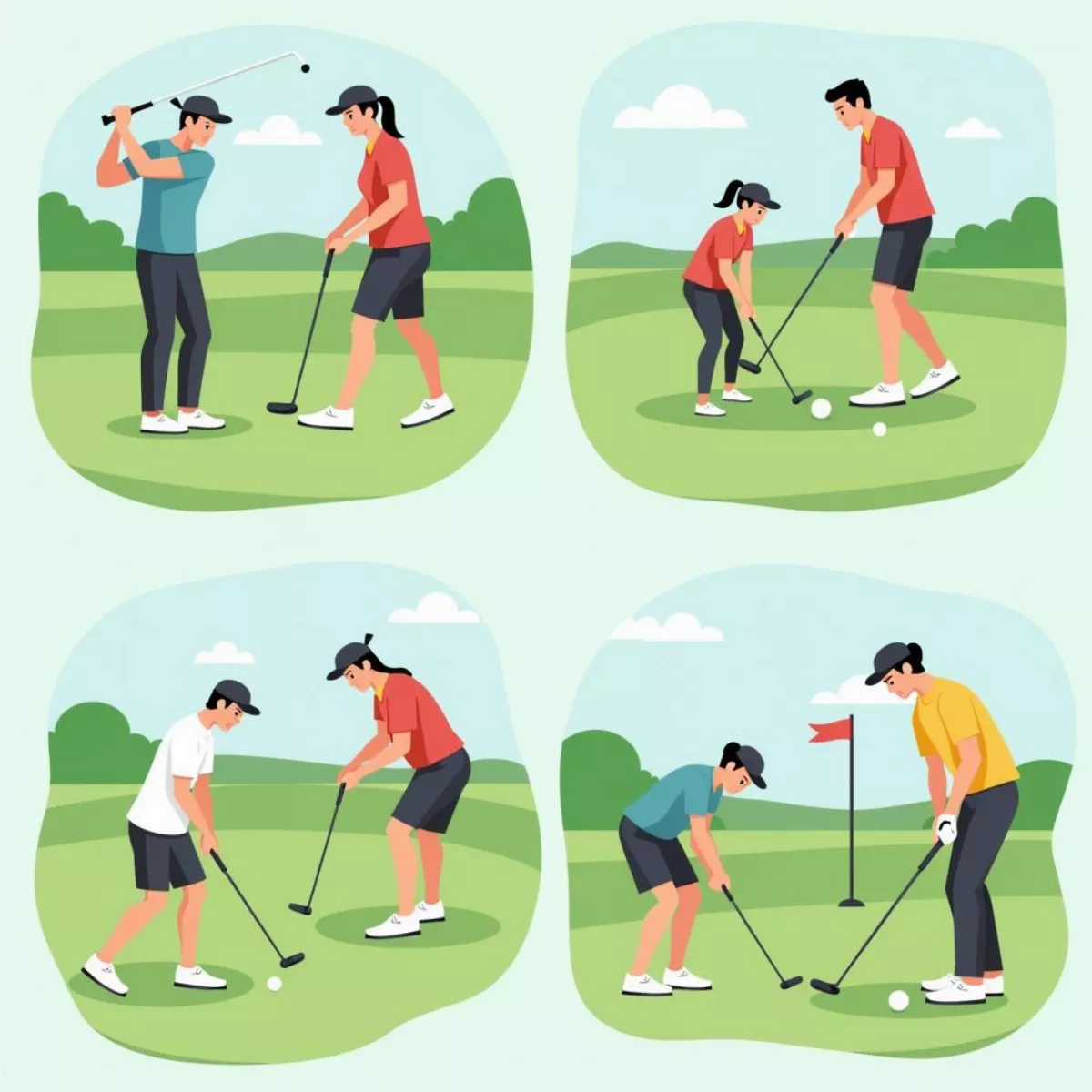
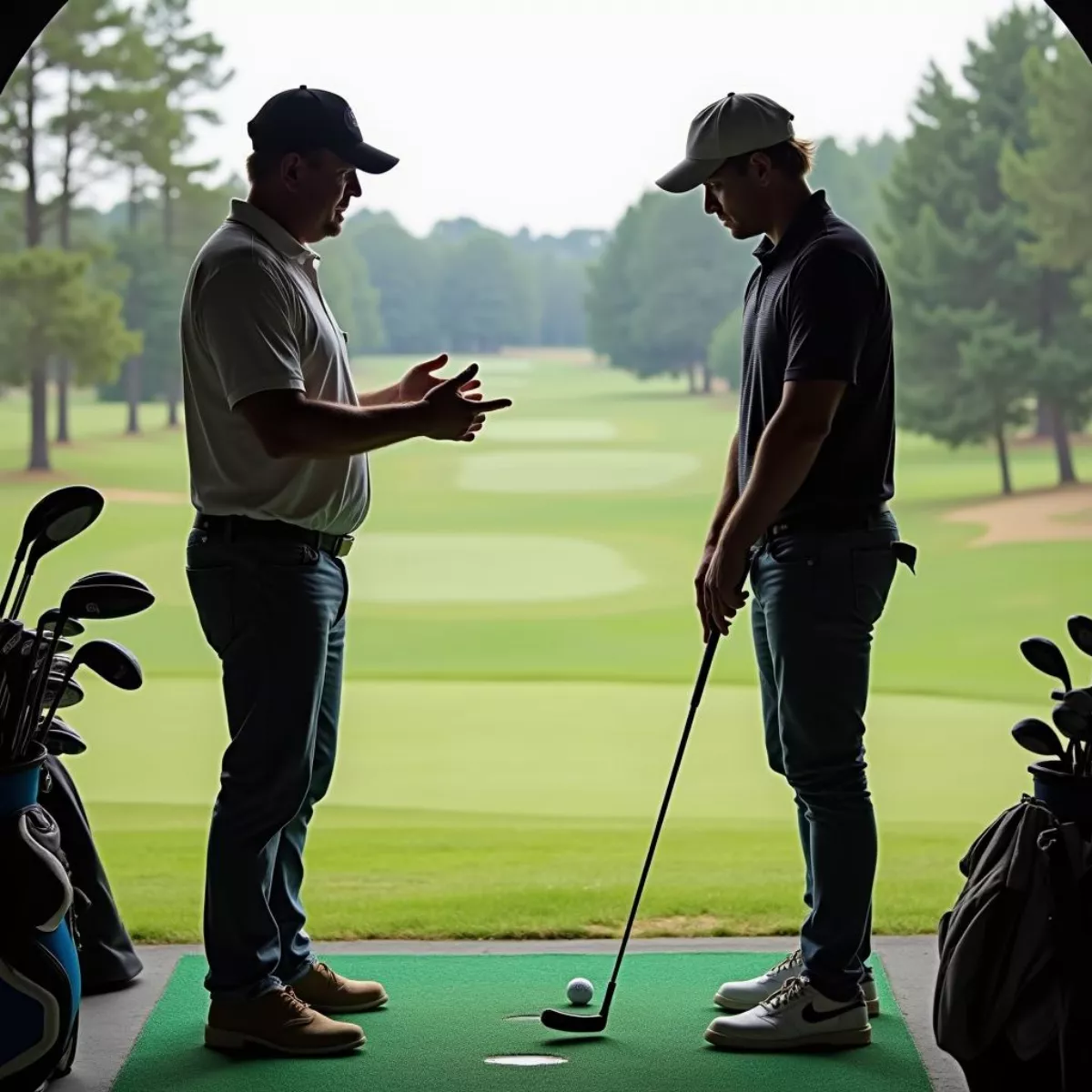 Golfer Receiving Professional Lesson
Golfer Receiving Professional Lesson Golfer Checking Handicap on Mobile Phone
Golfer Checking Handicap on Mobile Phone
 Golfer Practicing Short Game to Improve Handicap
Golfer Practicing Short Game to Improve Handicap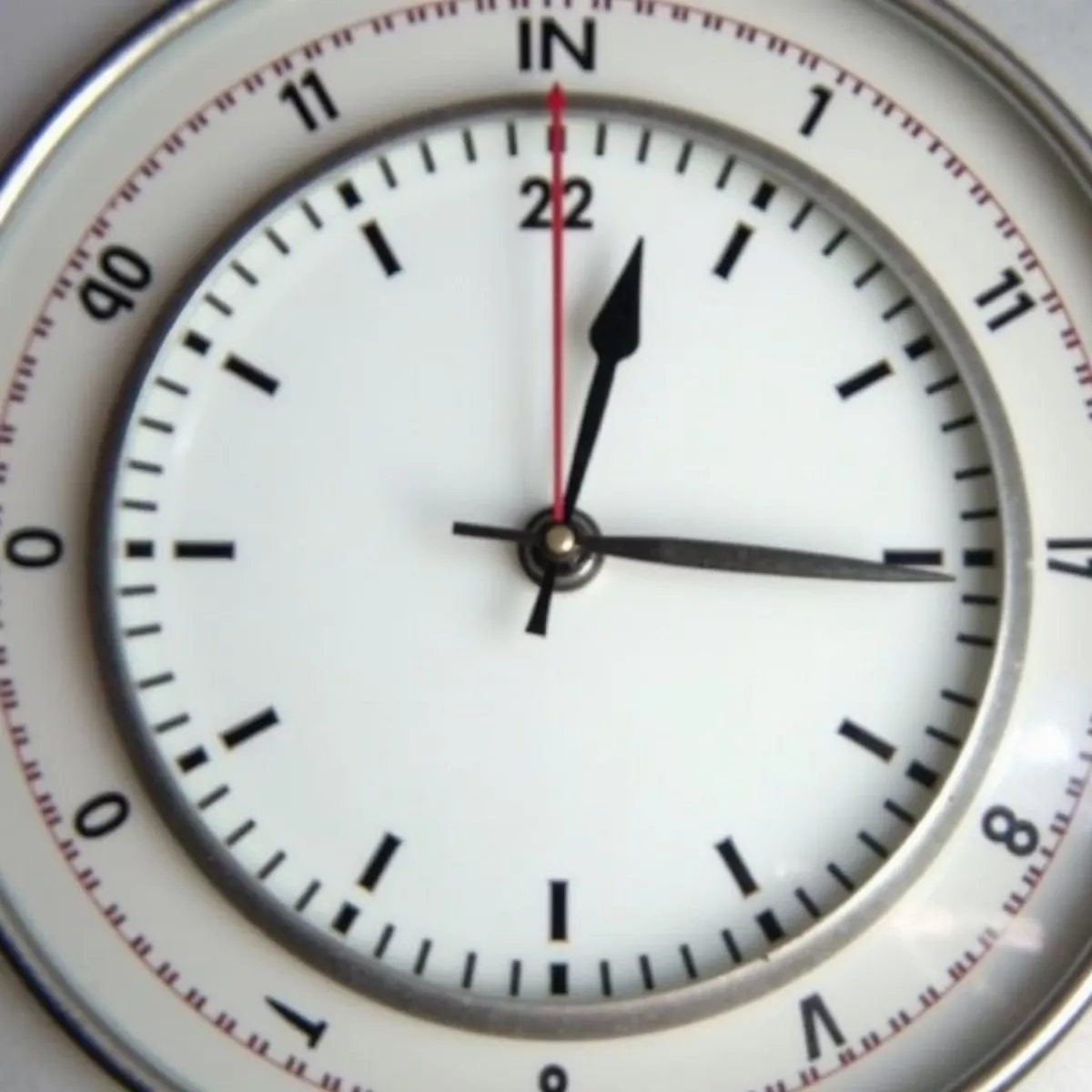
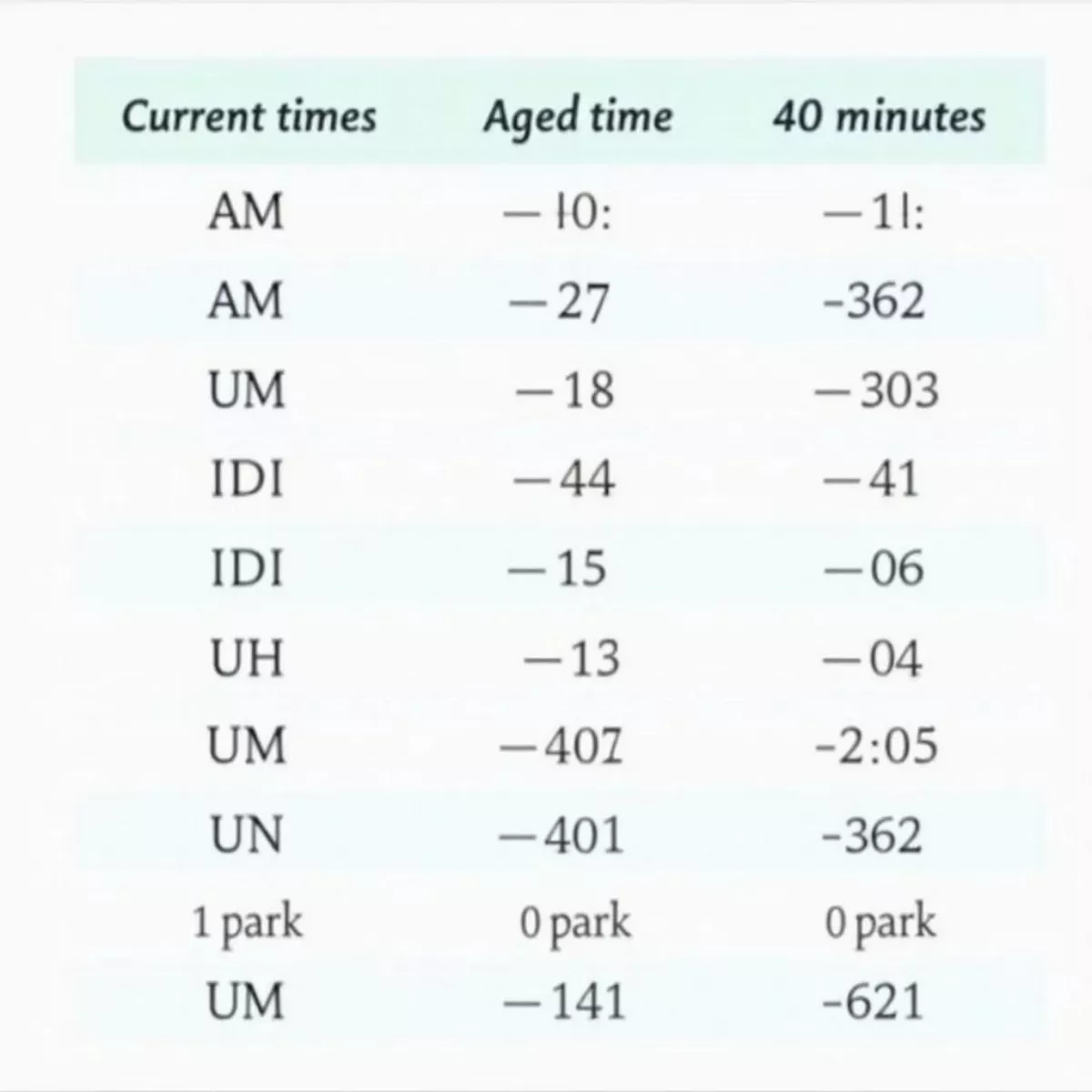 Time Calculation Reference Table
Time Calculation Reference Table Teaching Time with Analog Clock
Teaching Time with Analog Clock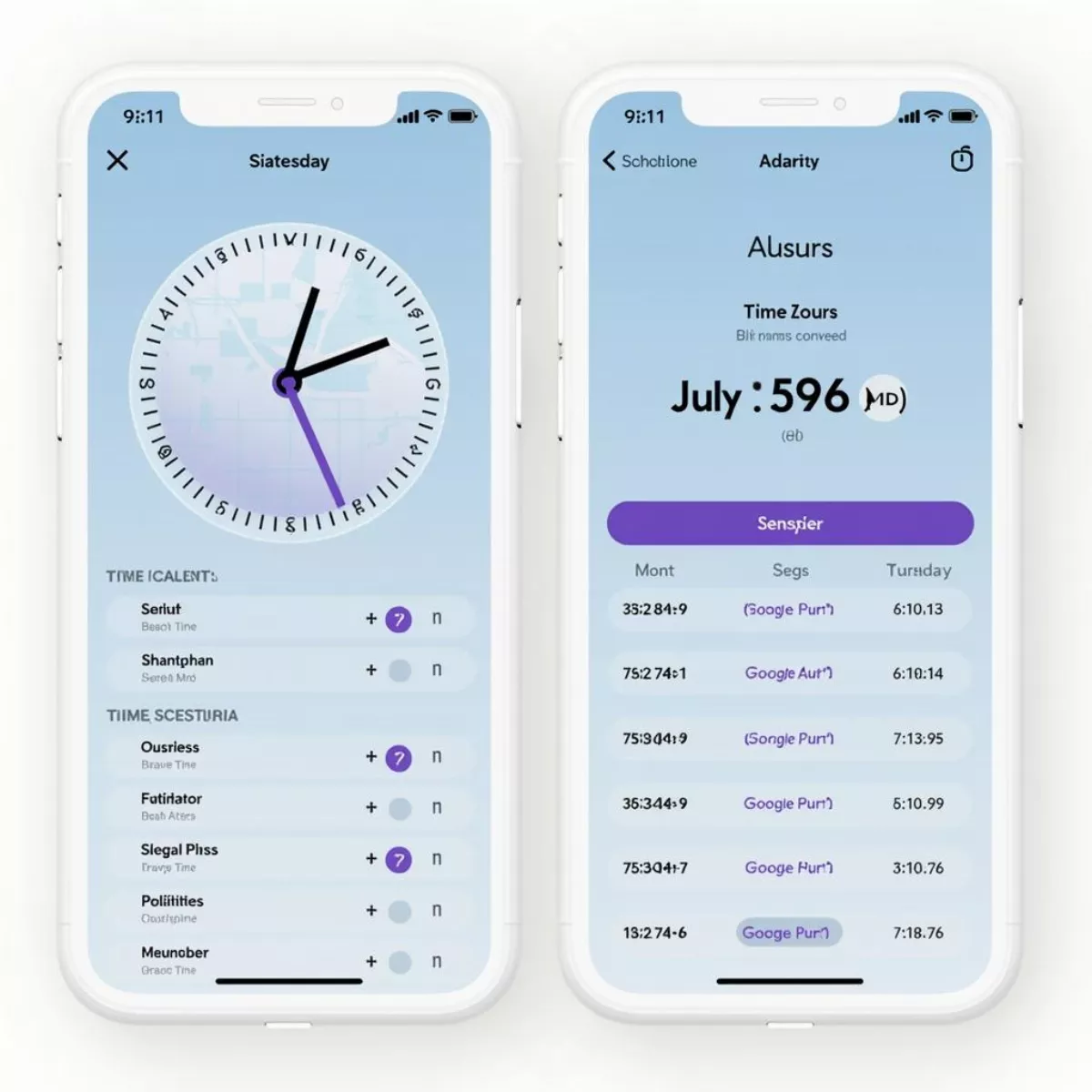 Time Zone App Interface
Time Zone App Interface Golf Tournament Cut Line
Golf Tournament Cut Line Professional Golfer Planning His Shot
Professional Golfer Planning His Shot Amateur Golfers Competing in Tournament
Amateur Golfers Competing in Tournament
 Rare Air Jordans Size 13
Rare Air Jordans Size 13
 Factors Affecting Golf Handicap
Factors Affecting Golf Handicap Golfer Analyzing Performance on Tablet
Golfer Analyzing Performance on Tablet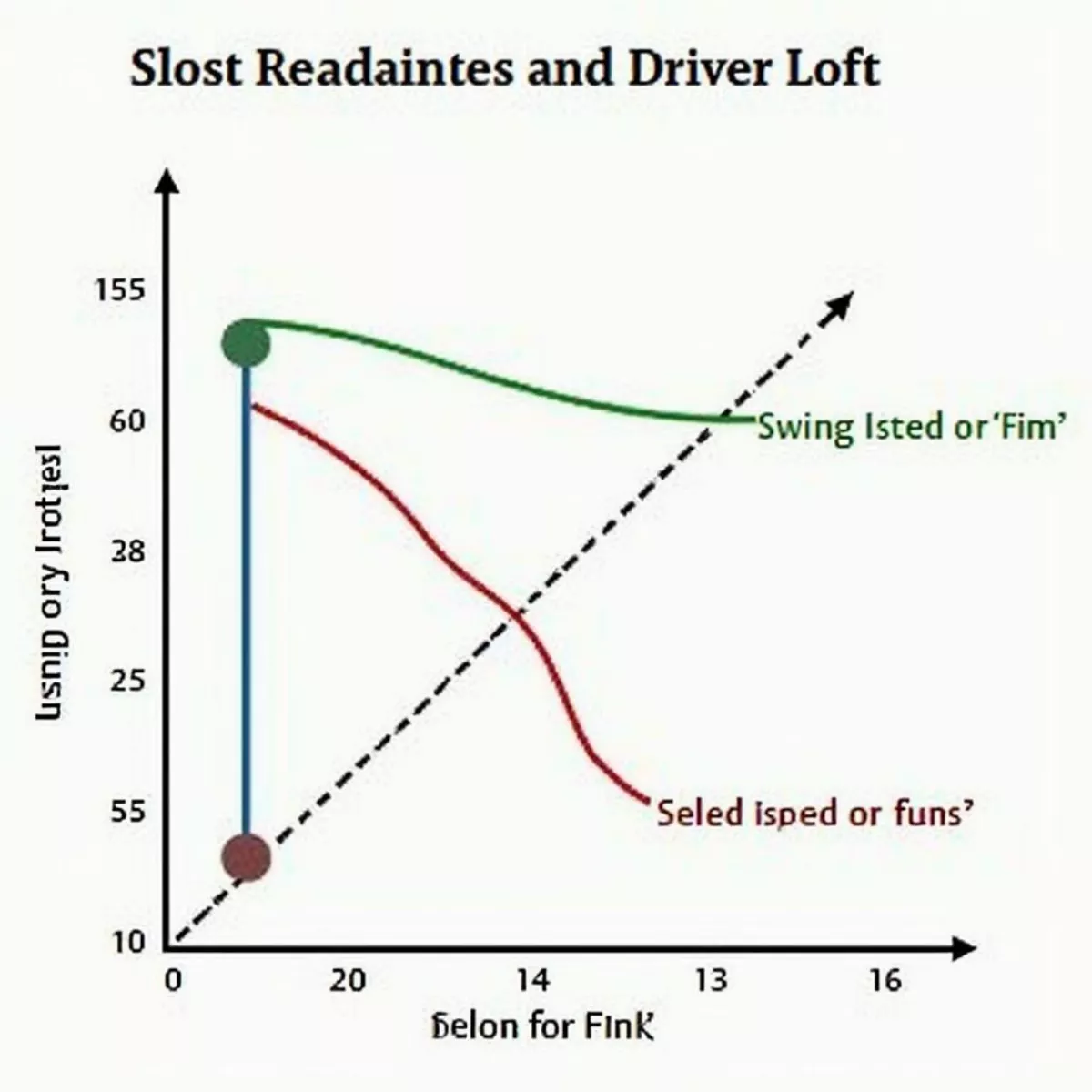
 Golfer Getting Custom Fit for Driver
Golfer Getting Custom Fit for Driver Golf Course on a Sunny Day
Golf Course on a Sunny Day
 Analyzing the Scorecard
Analyzing the Scorecard Golfer Preparing to Tee Off
Golfer Preparing to Tee Off
 Tiger Woods Swinging
Tiger Woods Swinging Spectators at Golf Tournament
Spectators at Golf Tournament